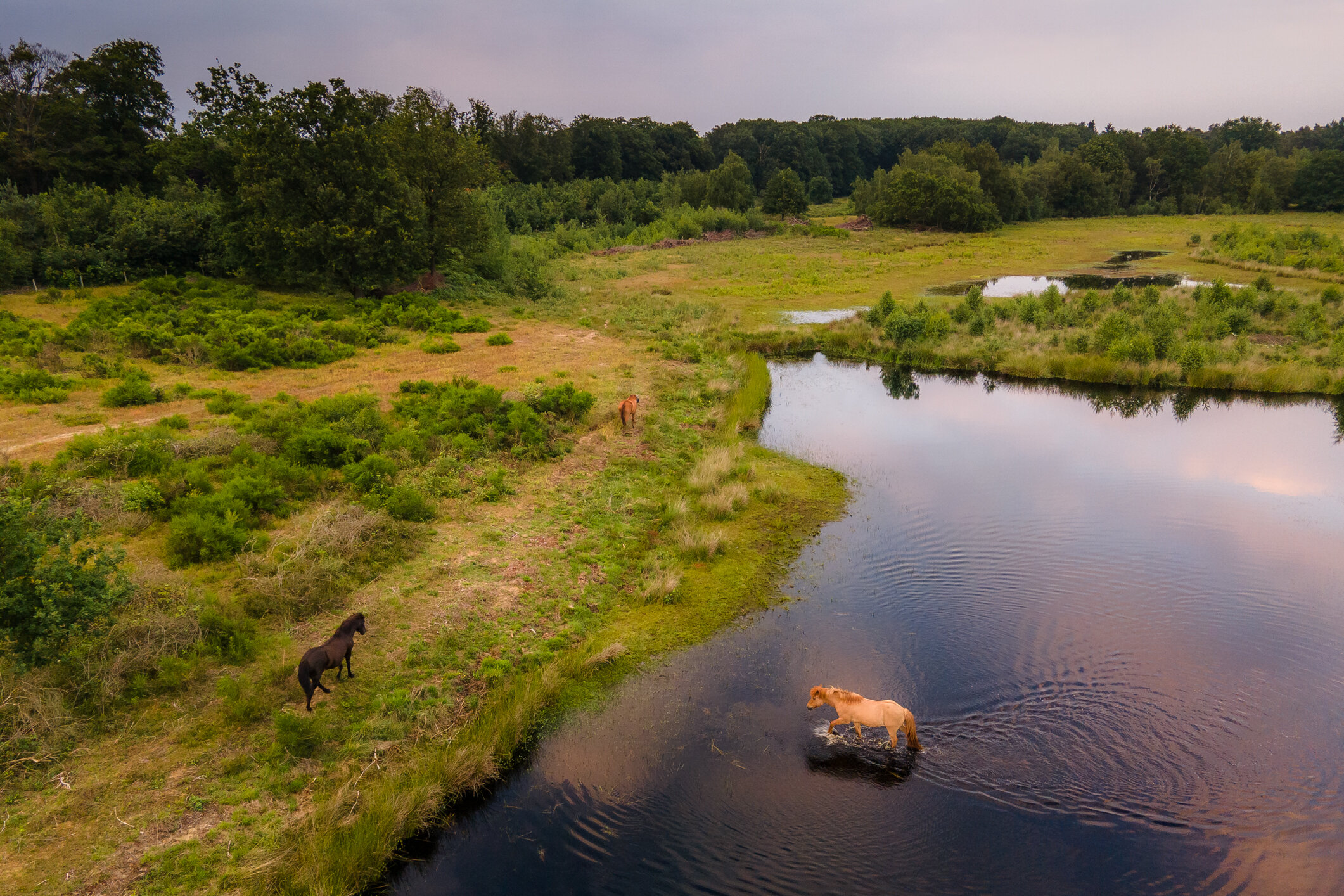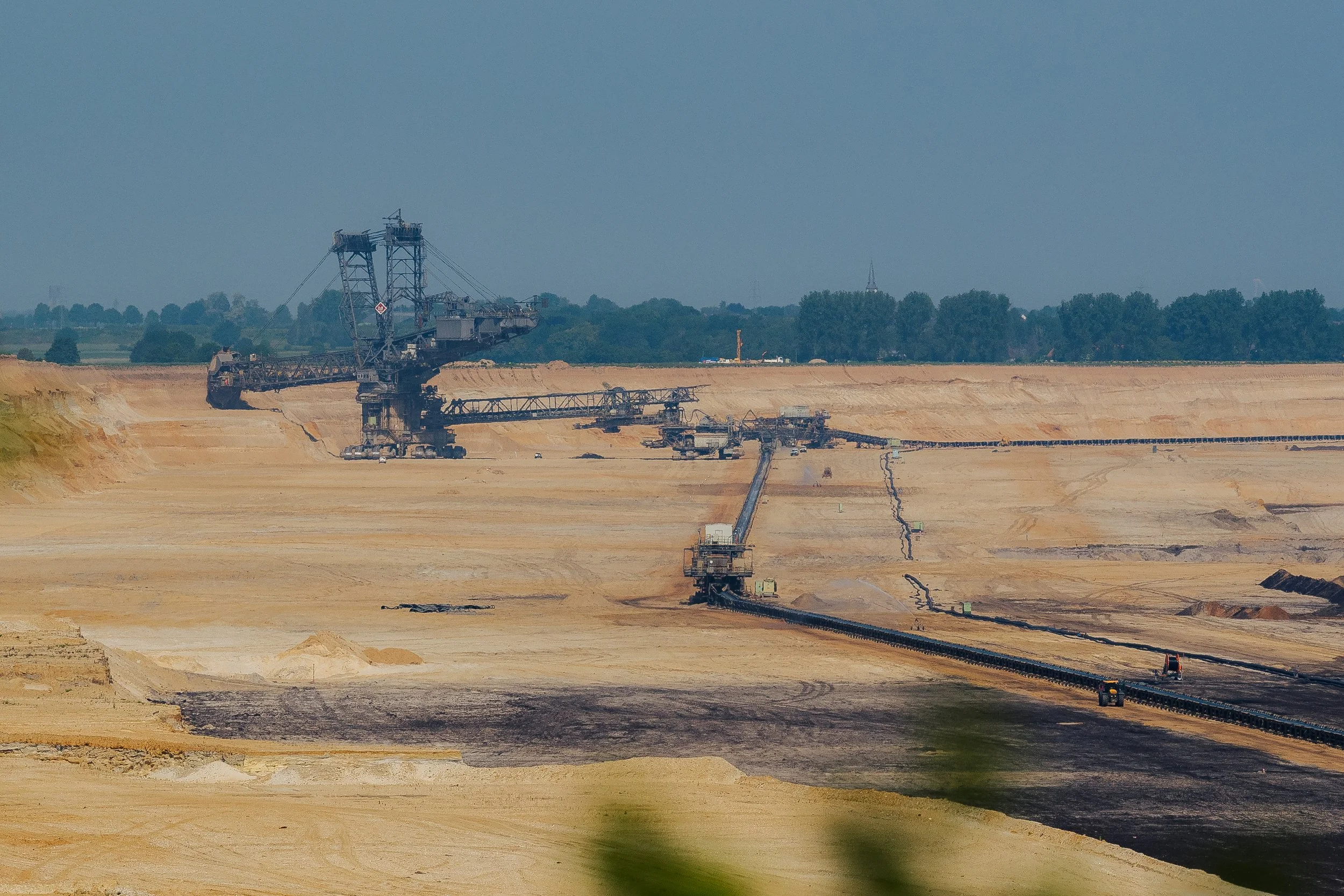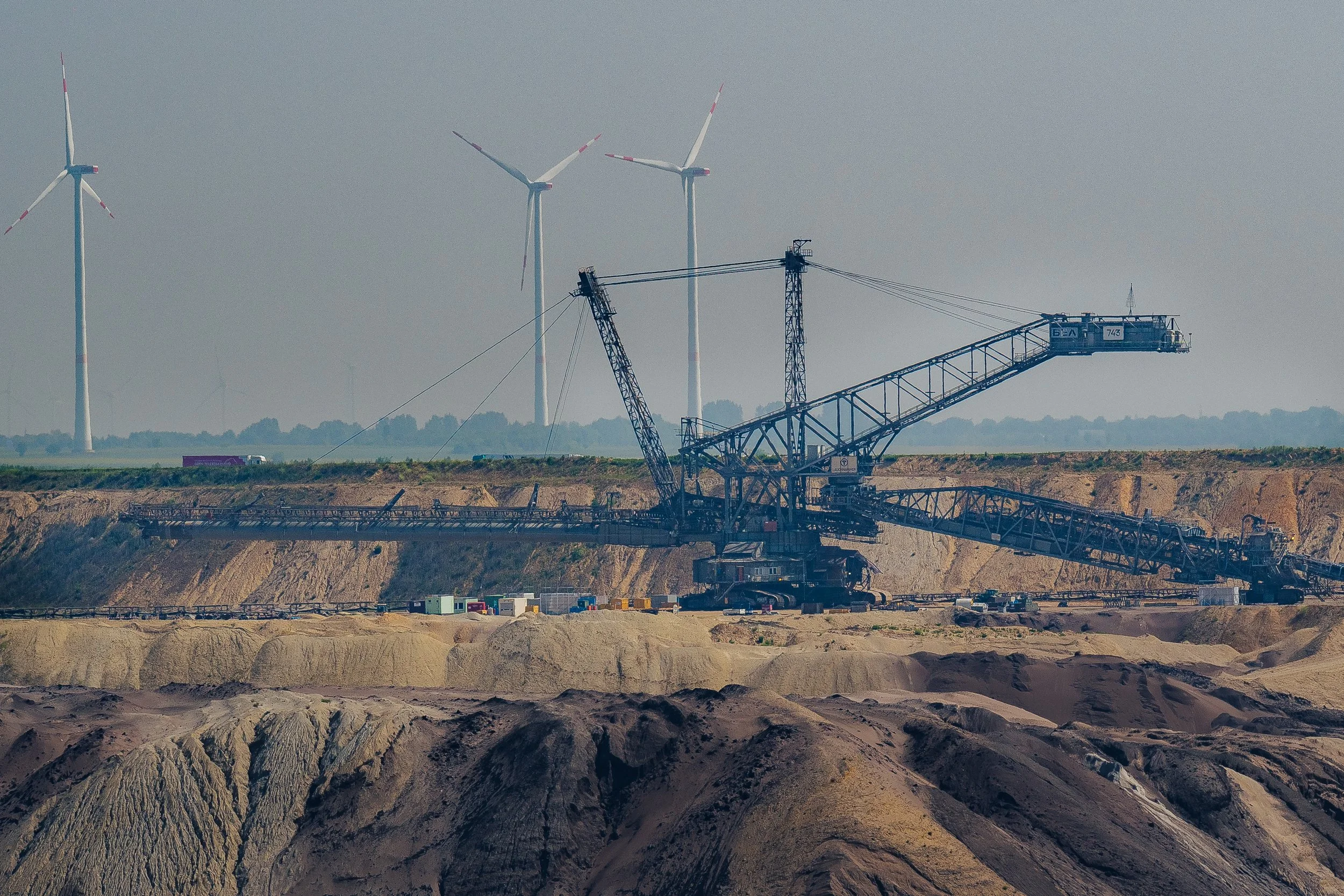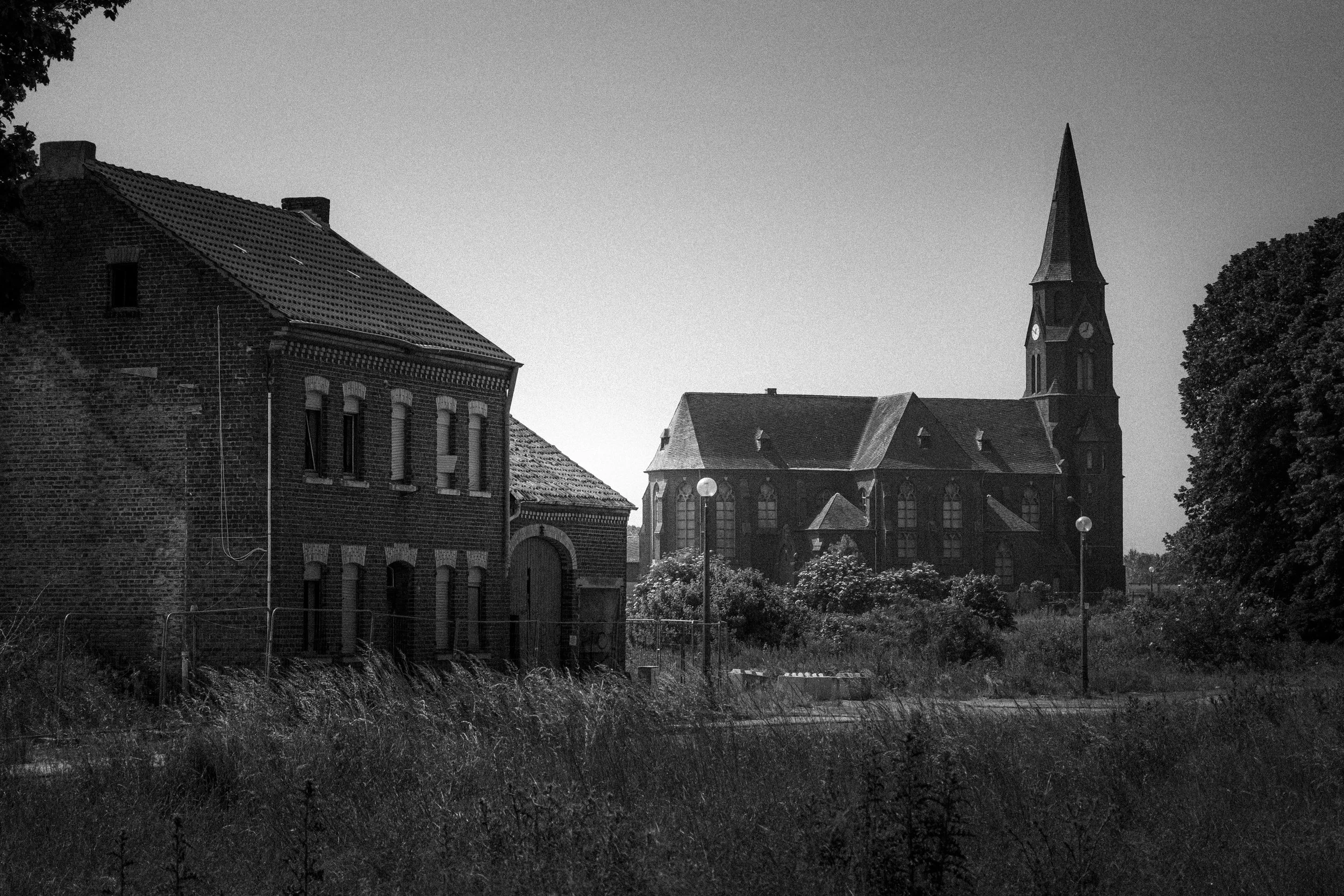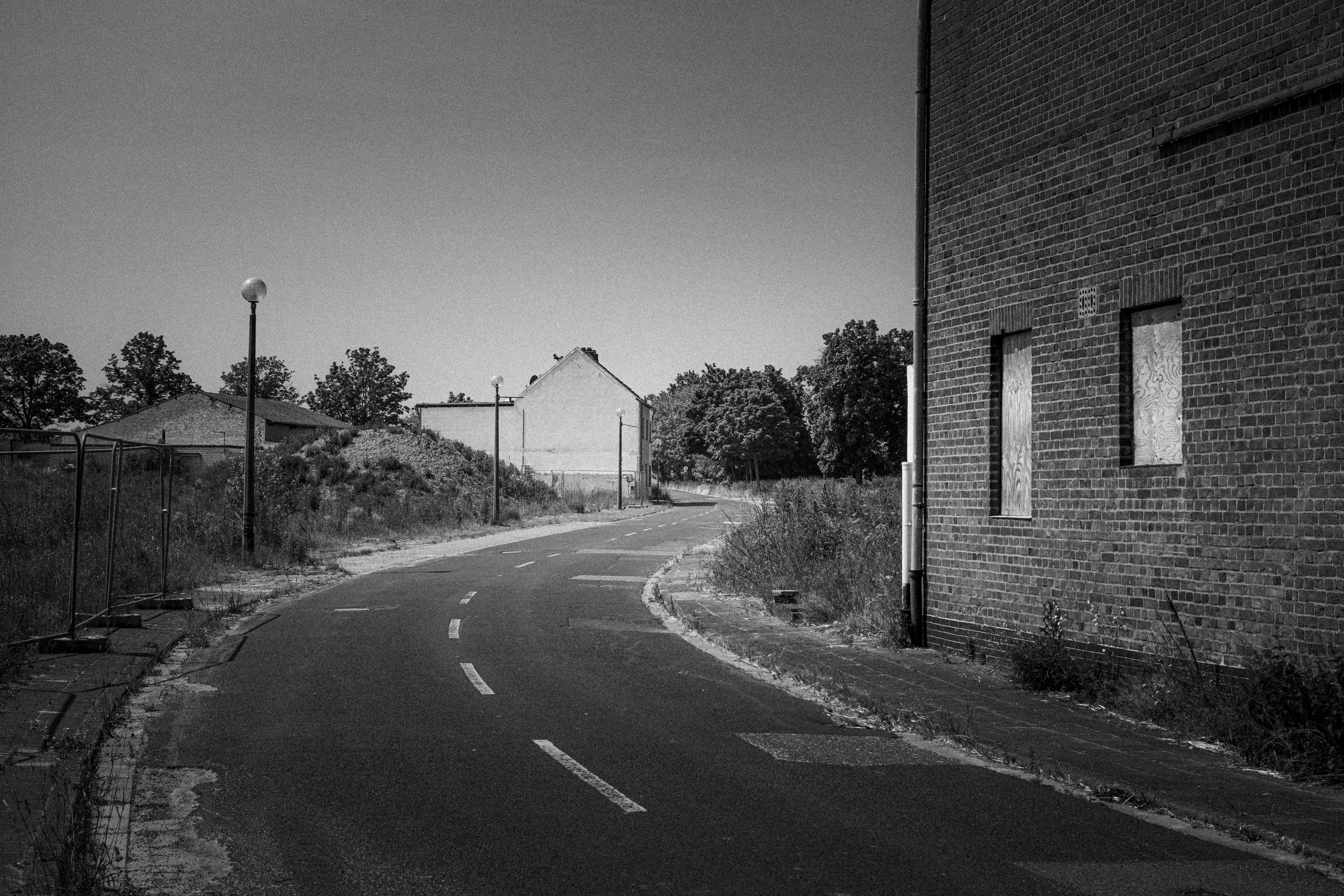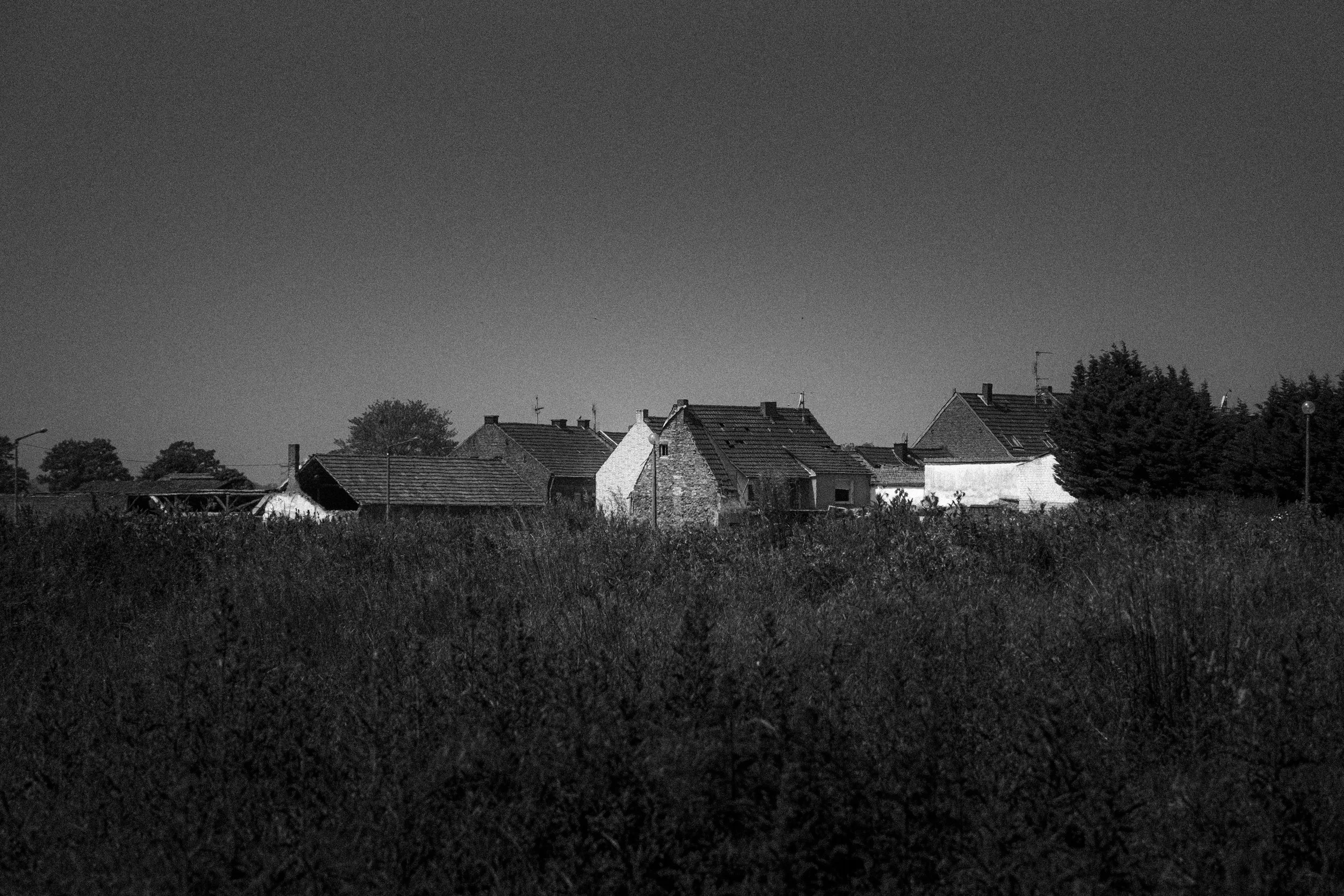The displacement of towns in Germany to make way for coal mines has indeed left behind a haunting and ghostly atmosphere. One such example is the town of Immerath, located near the Garzweiler coal mine. Immerath was gradually abandoned and ultimately demolished to make space for the expanding mine. Today, all that remains are empty streets lined with derelict houses and overgrown gardens, creating an eerie and desolate ambiance.
Similarly, the village of Manheim near the Hambach coal mine faced a similar fate. Many of its residents were relocated, and the majority of buildings were torn down. The remaining structures stand as a ghostly reminder of the community that once thrived there. Empty houses with broken windows and crumbling facades can be seen, giving the impression of a town frozen in time.
These towns, once vibrant and full of life, now wear the cloak of abandonment. The absence of human activity and the encroaching vegetation lend them an eerie aura. Streets are empty, playgrounds are deserted, and silence dominates the air. The remnants of daily life—fallen signs, broken furniture, and overgrown weeds—stand as silent witnesses to the communities that once inhabited these spaces.
The sight of these ghost towns serves as a stark reminder of the human cost associated with the extraction of fossil fuels. They embody the complex and often challenging choices between economic development, energy needs, and the preservation of communities and their cultural heritage.




























